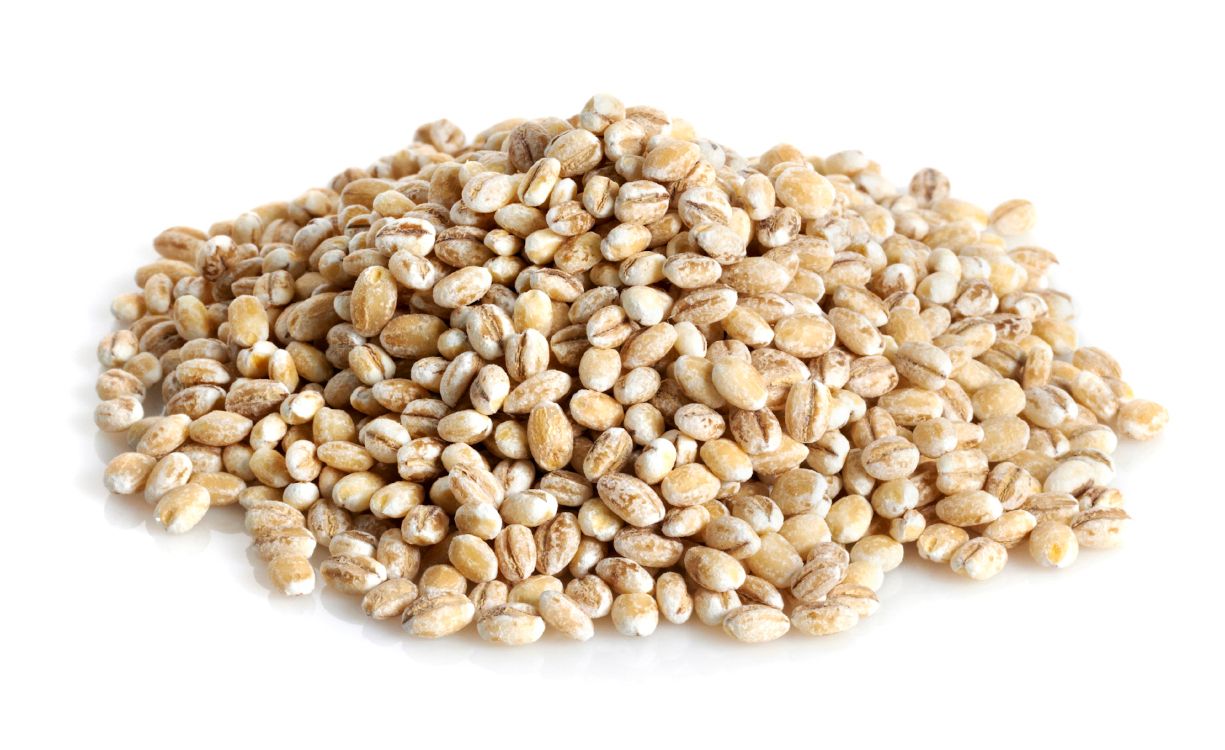Recent study provides insight into amino acid uptake kinetics of barley/rice protein from brewers’ spent grain
A recent study evaluated the nutritional value of barley/rice protein, marketed as EverPro by the AB InBev-owned EverGrain (St. Louis, MO), compared to pea protein .
Barley. Photo © iStockphoto.com/burwellphotography

A recent study1 evaluated the nutritional value of barley/rice protein (BRP), marketed as EverPro by the AB InBev-owned EverGrain (St. Louis, MO), compared to pea protein (PP). In the randomized, cross-over, double-blind, controlled trial, 12 subjects received 20 g of BRP, PP or a benchmark whey protein (WP) on three separate visits with a one-week washout period. Researchers measured blood-free amino acids (AA) to determine postprandial AA uptake kinetics. Results showed that the estimated total AA uptake of BRP was 69% compared to WP, and 87% compared to PP. The time to reach maximum values was similar between all protein source, and when comparing individual essential AA responses between BRP and PP, researchers observed higher responses higher responses in methionine and tryptophane and lower responses in lysine, histidine, and isoleucine for BRP compared to PP.
When comparing BRP and PP, researchers did not find statistically significant differences in TAA between the two plant-based protein sources. PP had a slightly greater response in total essential amino acids (TEAA) compared to BRP, with TEAA measuring about 82% compared to PP, but certain EAAs did exhibit higher responses for BRP, the researchers noted. That said, the study demonstrates that BRP and PP have a comparable TAA, and may even be complementary to one another.
The advantage BRP does have over PP is solubility, explain the researchers. Previous research has shown that BRP’s solubility is “on average 102% (expressed as total protein percentage remaining in a 1% solution)” while PP is 22%. “Due to its high solubility, it would be possible to administer higher BRP quantities in similar product applications, allowing to compensate for potential lower uptake,” the researchers write.
The current research may also provide valuable insights into the absorption rates of individual EAAs. This is useful because when a particular EAA is limited in availability in the diet, this may negatively impact the synthesis of protein, according to the researchers. Specific EAAs that showed higher postprandial uptake from BRP may also point to specific health benefits. “BRP shake consumption resulted in a higher postprandial uptake of Phe, an EAA which serves as a precursor for the synthesis of the catecholamines (dopamine, norepinephrine, and epinephrine),” the researchers explain. “The synthesis and release rates of catecholamines are directly influenced by the availability of their precursor from blood. Therefore, Phe demonstrates potential for brain function, manifested through various effects such as analgesic and antidepressant properties.”
The differences in the uptake of individual EAAs between BRP and PP may also point to how the two plant proteins may complement one another to help consumers get a fuller range of EAAs. Ultimately, the study encourages further research on BRP and its promise as a plant-based protein source.
Reference
Ummels, M.; JanssenDuijghuijsen, L.; Mes, J.J.; van der Aa, C.; Wehrens, R.; Esser, D. Evaluating Brewers’ Spent Grain Protein Isolate Postprandial Amino Acid Uptake Kinetics: A Randomized, Cross-Over, Double-Blind Controlled Study. Nutrients, 2023, 14(4): 3196. DOI: 10.3390/nu15143196
FDA revokes authorization to use Red No. 3 as a color additive in food or drugs
January 15th 2025FDA contends that the color additive is safe for humans but is legally obligated by the Delaney Clause of the FD&C act to revoke authorization as research shows the Red No. 3 induces cancer in rats.